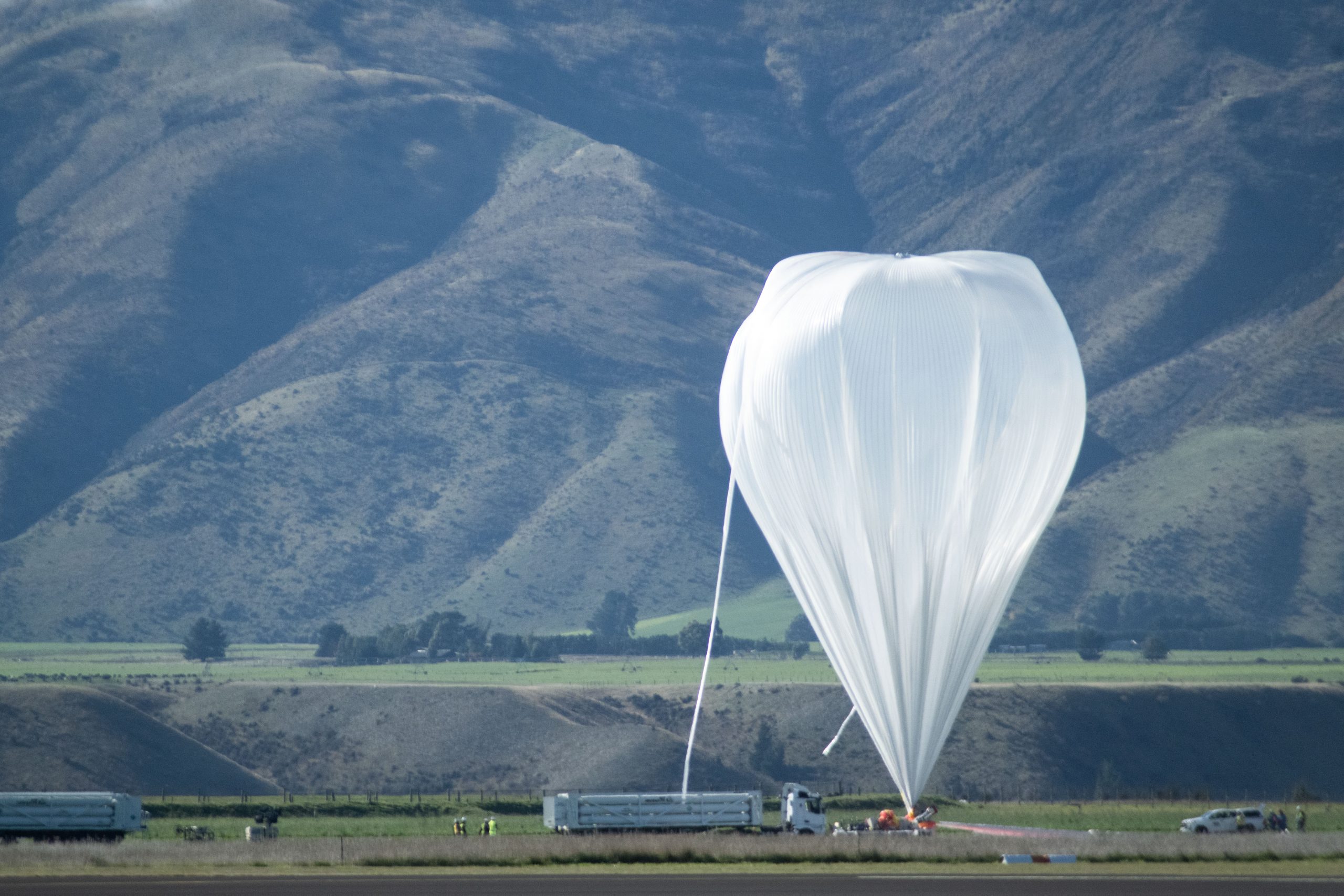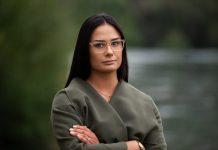Central Otago, a world of difference. Steeped in history, the region is regarded for its salt of the earth people, stunning landscapes and sweeping skies. A place that can often seem stuck in time. But in the world of space science, nothing could be further from the truth. For decades, scientists, researchers, engineers and space enthusiasts have turned to the heavens above Central Otago and tried to unlock their secrets. But what is it about our region that draws space science industry heavy hitters to our corner of the globe? Central Otago bureau chief Shannon Thomson reports.
All eyes were on the skies above Wanaka as Nasa successfully launched its second super-pressure balloon on Saturday.
The balloon — which when fully inflated would have been equal the size of Dunedin’s Forsyth Barr Stadium — was set to circumnavigate the southern hemisphere for up to 100 days and provide a valuable close-up encounter of the heavens.
Equipped with the Extreme Universe Space Observatory 2 (EUSO-2), a telescope designed by a team at the University of Chicago to detect ultrahigh energy cosmic ray particles from beyond the Milky Way as they penetrate Earth’s atmosphere, the balloon was launched at 12.03pm as the sound of applause and cheers from the balloon team and Wanaka Airport staff rang out across the radios.
However, the mission’s success was short-lived with news the balloon was terminated over the Pacific Ocean in the early hours of Monday morning bringing a disappointing end to a campaign that had been months in the making.
The Nasa team is now preparing to move to its next location, and aims to return to Wanaka in early 2025.
The space agency is no stranger to the region — between 2015 to 2017 it successfully launched three super-pressure balloons from Wanaka.
Its 2020 campaign was cancelled due to the Covid-19 pandemic and last year, after six failed attempts, the campaign ended without a launch because of a ground system anomaly.
Nasa balloon programme office deputy chief Andy Hamilton said Wanaka provided prime conditions for its superpressure balloons.
‘‘From a balloon standpoint, the location where we are at allows us to capture, or ride along with, the zonal winds this time of year,’’ he said
‘‘They are very strong zonal winds that allows us to stay in a very narrow band of latitude.’’ The balloon programme provided opportunity for scientists, researchers, and engineers to undertake testing in an environment that was as close to space without going into space, Mr Hamilton said.
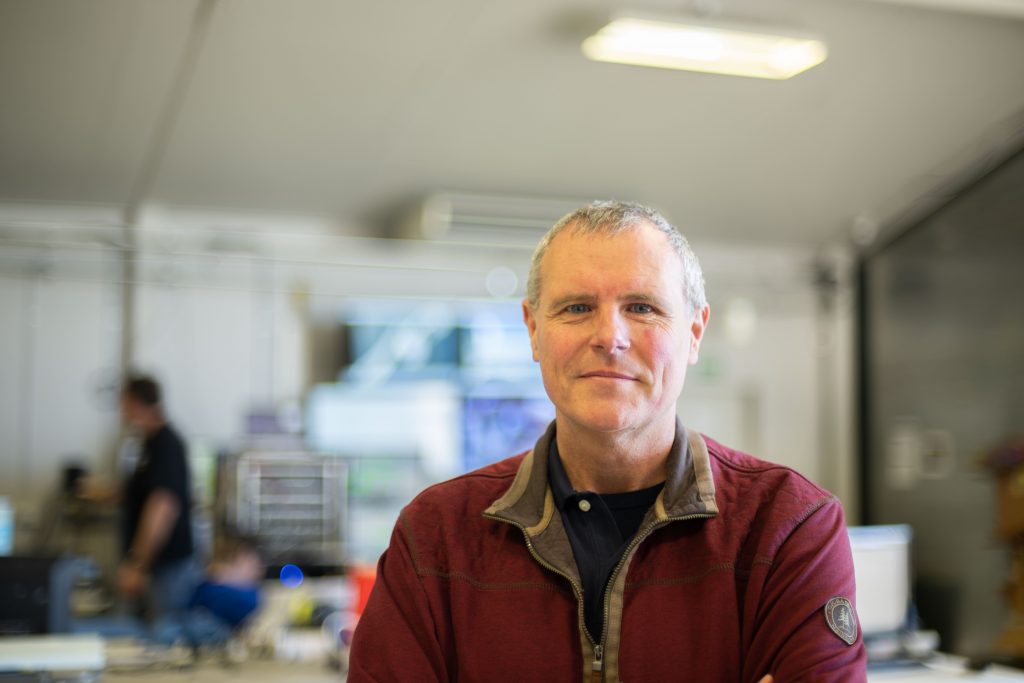
‘‘That is the great thing about it — low cost access to a space-like environment, so they can test out their equipment, test out their theories to train young engineers and young scientists for larger, better, bigger programmes. And a lot of the work we do here with the balloon programme actually translates really quickly and easily to on-orbit satellites, so it’s a great stepping stone and foundation for the scientific world.’’
The balloon programme is not the only connection Nasa has with Central Otago.
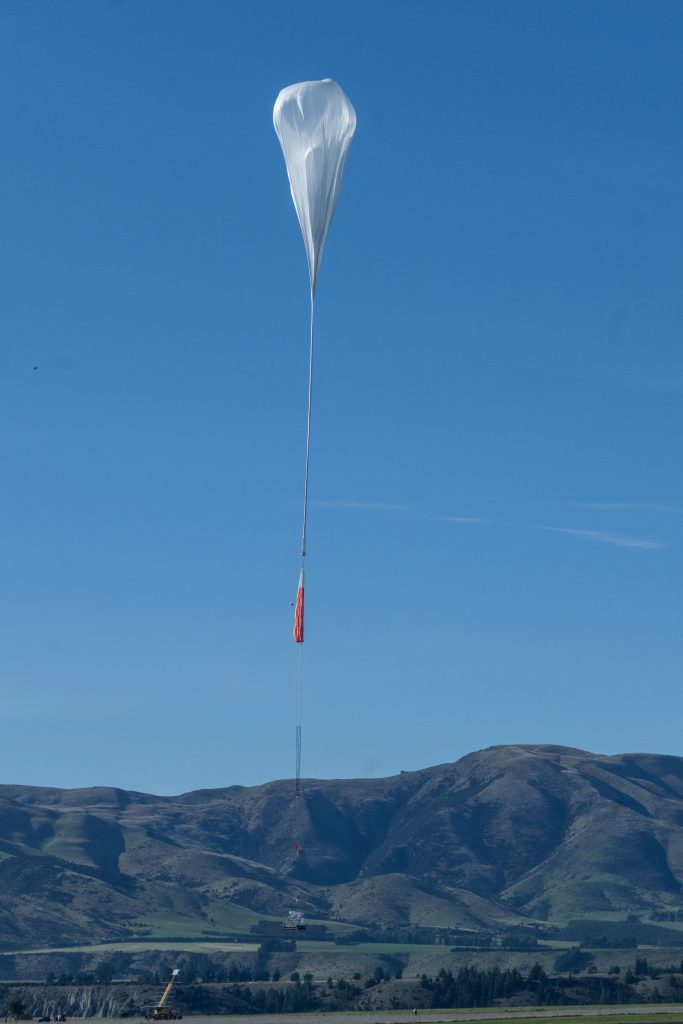
Just over an hour down the road, the space agency is one of many global partners to collaborate with scientists at the National Institute of Water and Atmospheric Research’s (Niwa) Atmospheric Research Station at Lauder.
The research facility — which has seen scientists make measurements in the middle of nowhere for more than 60 years — is a rock star of the international atmospheric research community.
Work conducted at Lauder was pivotal in the efforts that led to the discovery of the Antarctic ozone hole in 1985 and cemented it as important measuring station for the chemistry of the stratosphere.
Today the facility’s work includes validating satellite measurements of CFCs, ozone, UV levels and greenhouse gases.
Mostly, measurements are made by instruments looking at the sun, and a balloon is launched weekly to get readings from layers of the atmosphere.
While Lauder may not be the first place people think of when it comes to cutting edge atmospheric research, the clear skies and geographical isolation make it perfect for observing atmospheric chemistry and radiation, Niwa spokeswoman Jessica Rowley said.
‘‘No people equals unpolluted atmosphere.’’
It boasted ‘‘some of the cleanest air on earth’’ with rain that “washes” the westerly air, and easterly fog and cloud blocked by mountain ranges.
There is also little light pollution at night, she said.
‘‘New Zealand is also uniquely located, being one of very few places in the midlatitudes of the southern hemisphere with instruments trained on the stratosphere.
‘‘It’s also near the ozone hole, which was discovered around the same time that measurements began taking place at Lauder, so the site and its scientists were fundamental in our understanding of ozone science and how the hole formed,’’ she said.
The small town of Naseby seems a world away from the dynamics of international space relations, however in 2021 it unwittingly made headlines after a Russia test fired a space missile weapon into its own satellite.
The weapons test was labelled ‘‘reckless and irresponsible’’ by United States Secretary of State Antony Blinken and generated an orbital debris field which endangered the International Space Station.
That debris was first detected by LeoLabs Kiwi Space Radar, an international space tracking facility in Naseby which tracks space debris as small as 2cm.
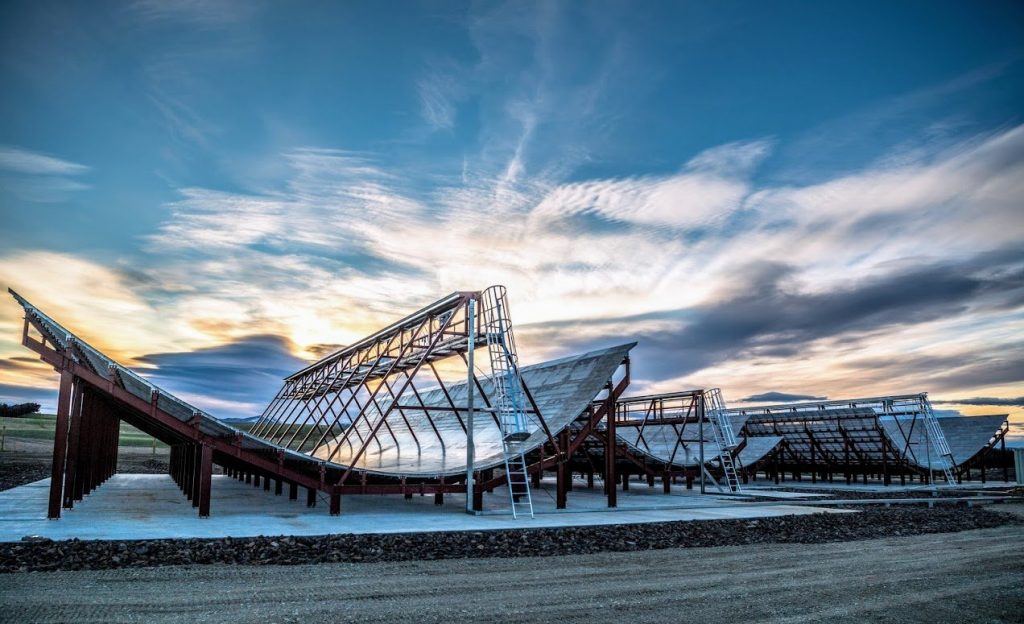
LeoLabs is a commercial space situational awareness and space traffic management company that used groundbased, phased-array radars to track objects in low Earth orbit, including operational objects such as commercial satellites and non-operational objects (space debris).
Spokeswoman Victoria Heath said the Kiwi Space Radar came online in 2019 and was a critical component in the company’s global radar network.
The company chose the Naseby site because of a ‘‘highly reliable’’ fibre internet infrastructure and power grid in the area, which was ‘‘critical’’ to ensure the site remained operational.
No other radio transmitters in their frequency band within hundreds of kilometres also gave LeoLabs confidence it would be a quiet site to operate in, she said.

